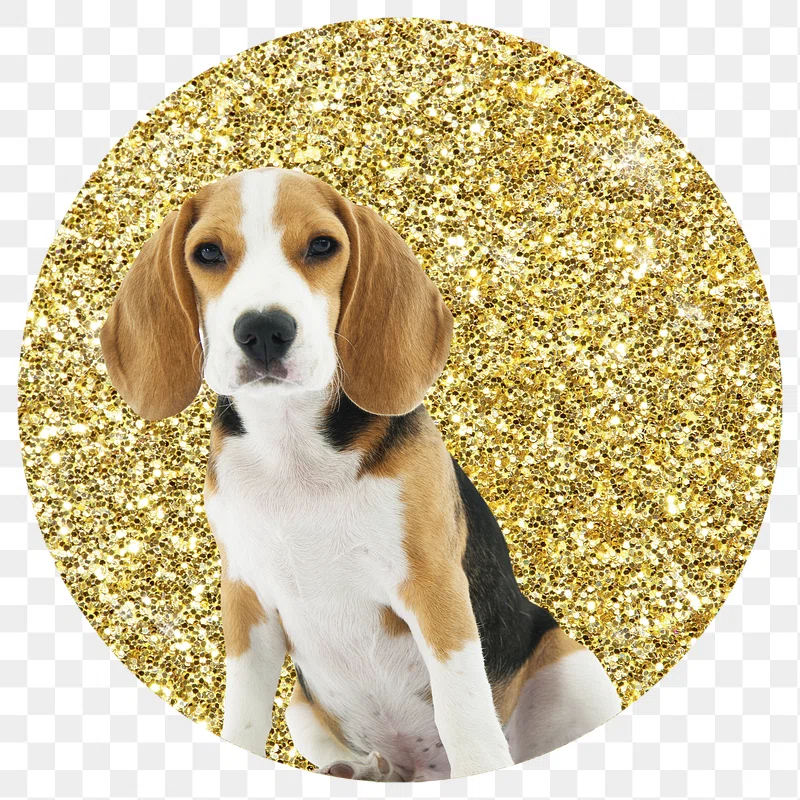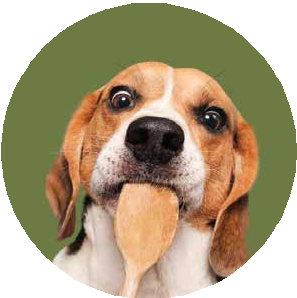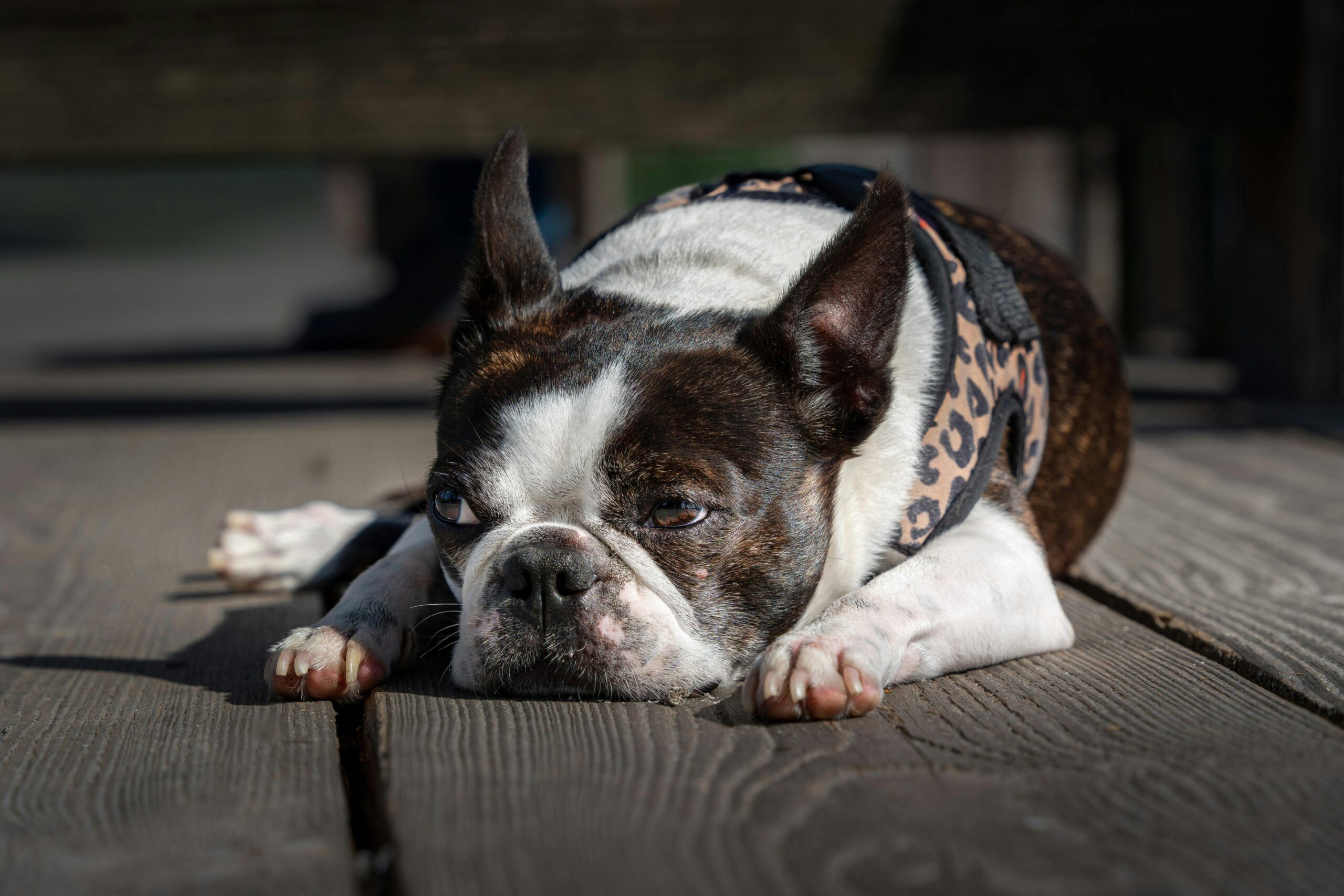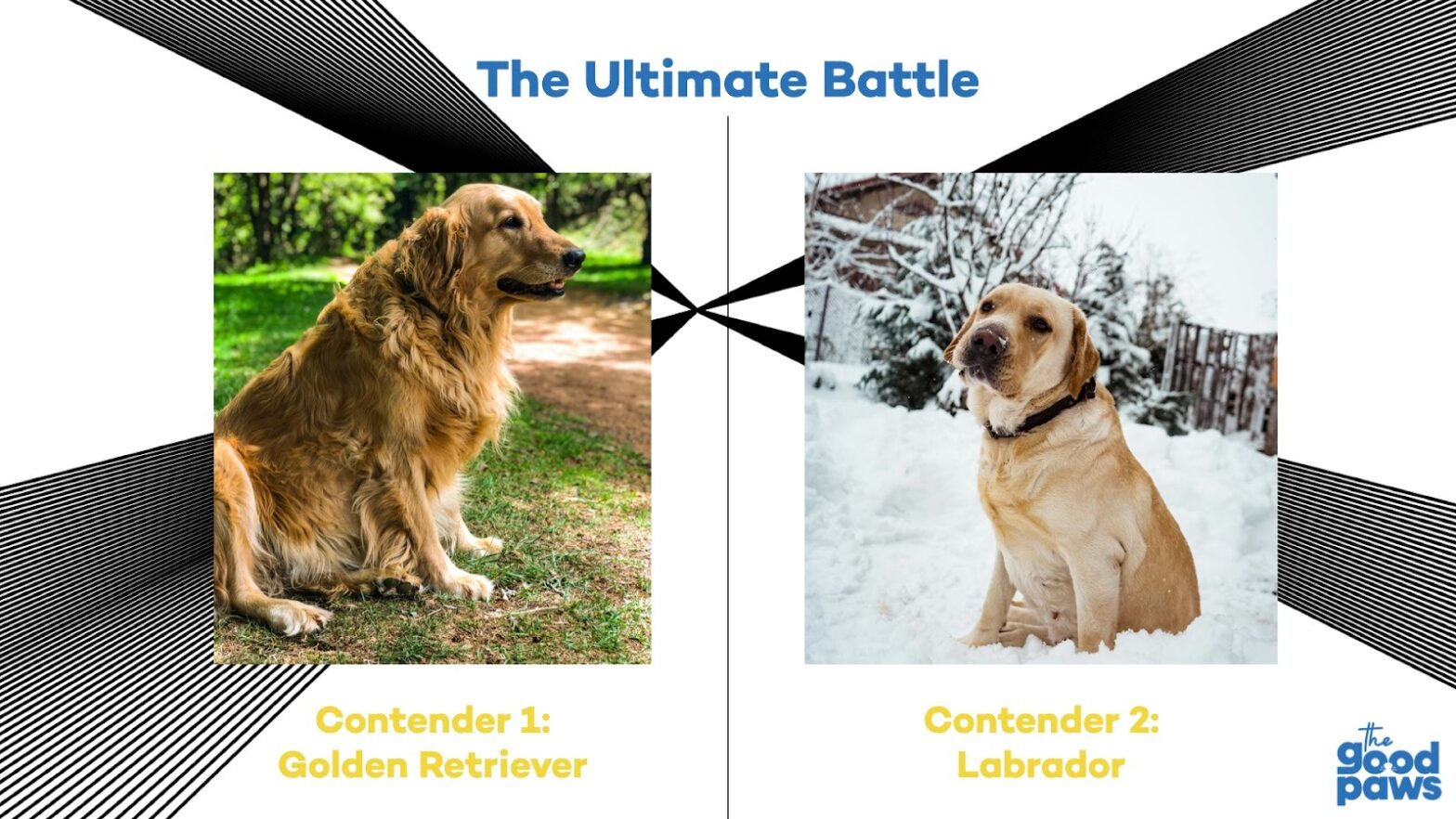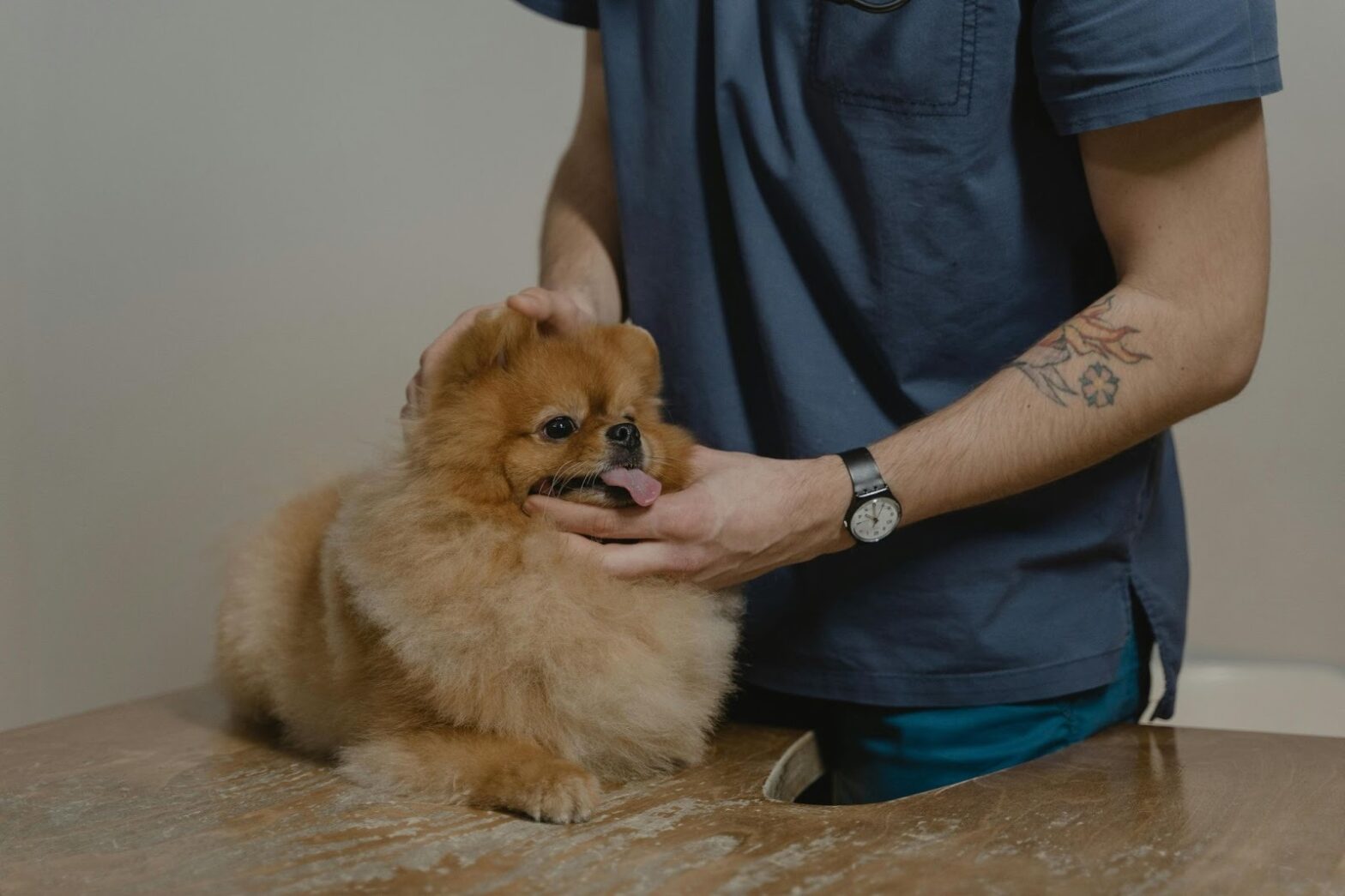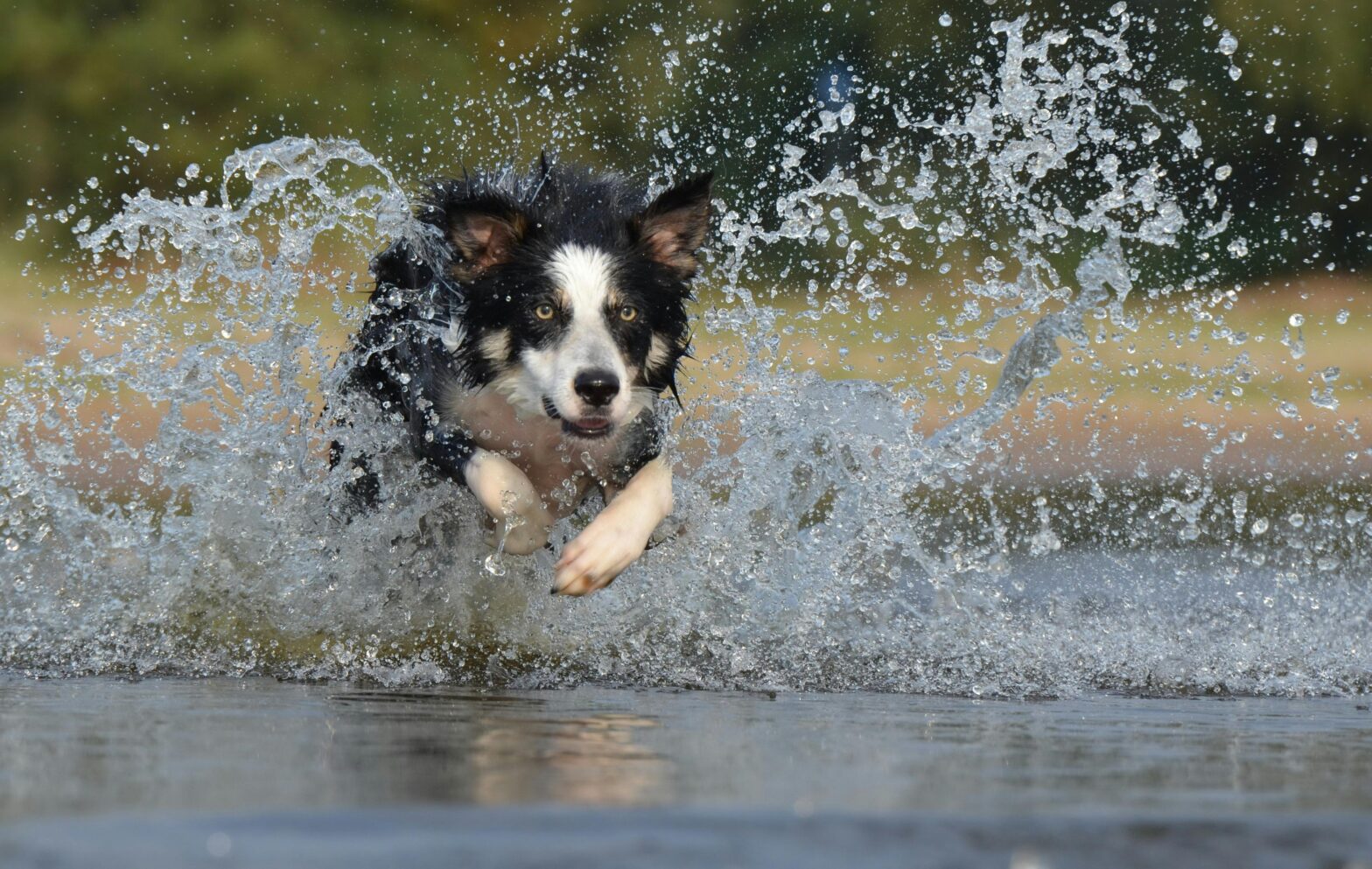You know that post-dinner moment when your dog stares at you like they’ve never been fed in their entire life?
Cue the dramatic sigh. Cue the paw on your knee.
We’ve all been there.
But those extra treats (and those extra scoops and snacky snacks and emotional bribes) add up, and yes, a few extra pounds might seem like no big deal (hey, it’s your best friend after all!). For your dog, though, they could mean a shorter, less comfy life.
In fact, research by Purina found that dogs kept at a lean body weight lived an average of 1.8 years longer than their slightly chubbier siblings. That’s almost two extra years of tail wags and ridiculous zoomies.
So, how do you know if your dog is overweight? And more importantly, how do you help them get back to their happiest, healthiest self without becoming that no-fun hooman?
Let’s get into it. Because with The Good Paws, it’s all good—even the weight loss kind.
Is Your Dog Actually Overweight?
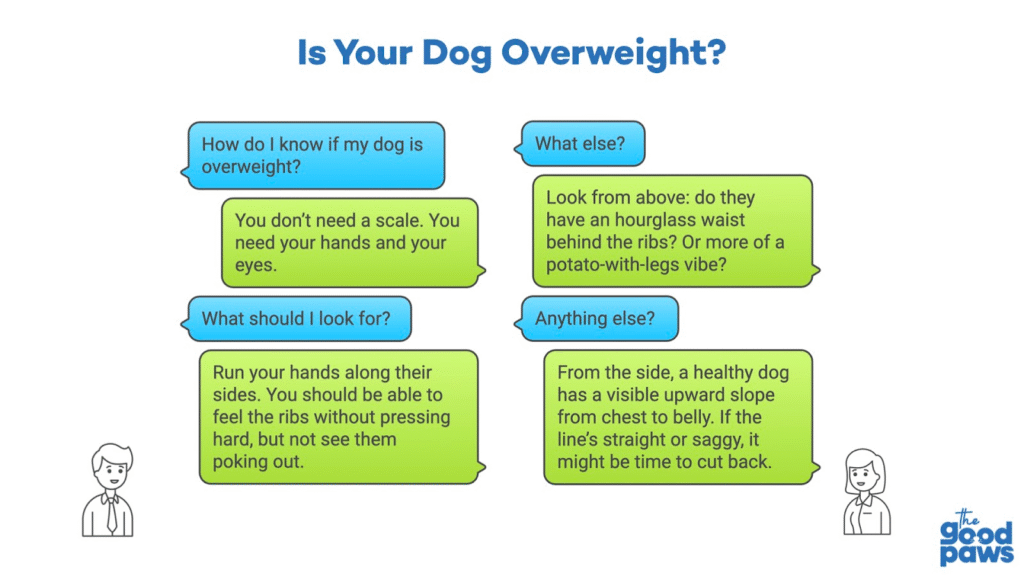
First things first. How do you know if your dog’s carrying a few extra biscuits around the belly? You don’t need a scale. You need your hands and your eyes.
- Ribs check: Run your hands along their sides. You should be able to feel the ribs without pressing hard, but not see them poking out.
- Waist test: Look from above: do they have an hourglass waist behind the ribs? Or more of a potato-with-legs vibe?
- Tummy tuck: From the side, a healthy dog has a visible upward slope from chest to belly. If the line’s straight or saggy, it might be time to cut back.
Vets often use a Body Condition Score (BCS) out of 9. A score between 4 to 5 is ideal. A dog hitting 6 or above is considered overweight; 7+ veers into obesity territory.
How to Feed for a Healthy Weight
Using a regular measuring cup to portion kibble can lead to errors as large as +152% or −48%. (Yes. Seriously. No kidding. Promise.)
That’s why we recommend weighing food in grams (it’s time to make a friend out of your kitchen scale again).
Want to know how much to feed? You can calculate your dog’s Resting Energy Requirement (RER) like this:
RER = 70 × (ideal weight in kg)^0.75
Feed about 80% of that number for safe weight loss, according to the American Animal Hospital Association (AAHA). Aim for your dog to lose 1–2% of their body weight per week. Slow and steady is the way to go.
Bonus tip: If your dog is neutered, they may need even fewer calories (around 20% less) than an intact dog of the same weight. Vets recommend adjusting feeding amounts accordingly.
Treats, Tricks, and the 10% Rule
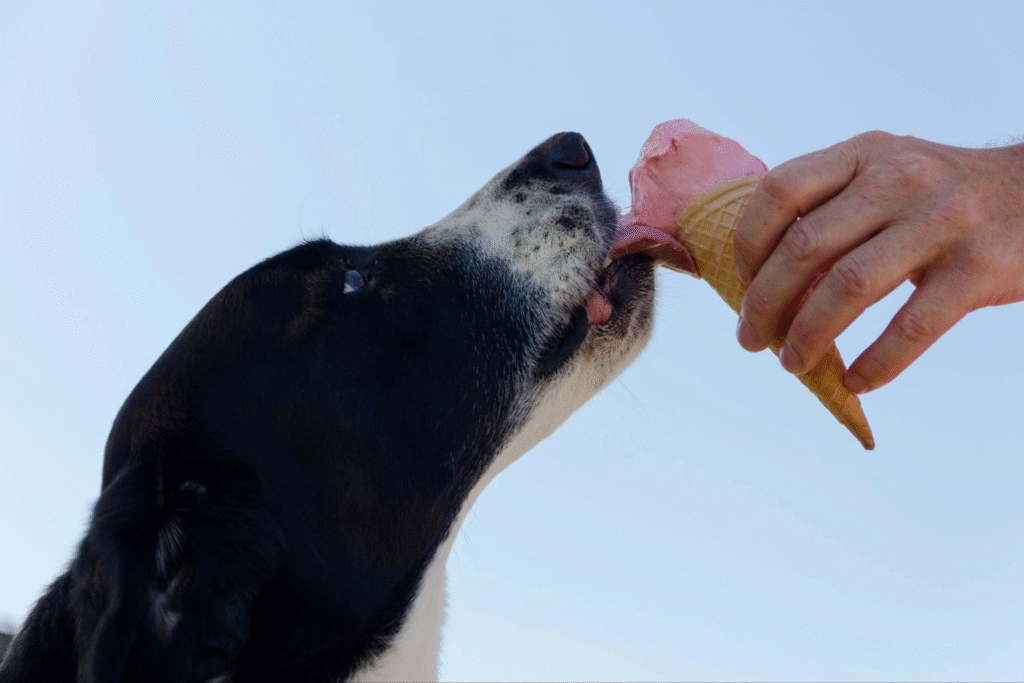
“But what about treats?” I hear you ask.
Don’t worry, don’t worry. You don’t have to go full celery sticks.
Just follow the 10% rule: keep all treats (yes, including that peanut butter-stuffed Kong) to no more than 10% of your dog’s daily calorie intake.
So, if your pup needs 500 kcal/day to lose weight, no more than 50 of those should come from treats. You can follow these:
- Choose low-calorie goodies
- Use puzzle toys to slow them down
- Replace food rewards with play or a walk
Don’t think of it as deprivation. Think of it as giving them a longer leash on life.
Zoomies Are Exercise, Too
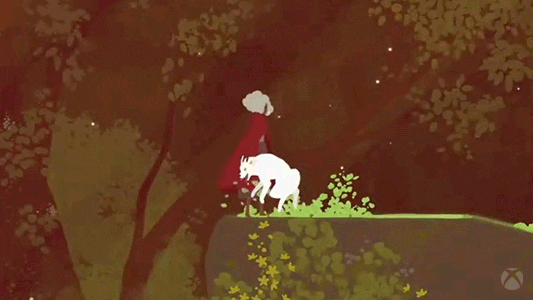
Helping your dog lose weight doesn’t mean you turn them into a gym rat.
It’s about consistent, joyful movement. Think:
- Two extra walks a day
- A game of fetch that lasts that little bit longer
- Tug-of-war before dinner
- A snuffle mat to make meals more active
- Hide-and-seek with their toys
The AVMA reminds us that weight loss takes months, not days. And playtime can be a secret workout.
Little Changes, Longer Life
Your dog may not care about numbers, but they do care about how they feel.
And trust us when we say that dogs at a healthy weight move more easily, breathe better, sleep soundly, and live longer.
So next time they fix you with those treat-begging eyes, remember: You’re not saying “no” to snacks. You’re saying “yes” to more walks, more birthdays, more everything.
From us at The Good Paws to you—from chunky pups to champion zoomers—it’s all good.
Got a weight control story? Or a pudgy pup you’re helping level up? Share your story in the comments below or DM us @thegoodpawsclub. We’re all in this together, one gram (and one happy bork) at a time.
About the author: Amritesh Mukherjee is a writer, journalist, editor and companion to the handsomest doggo of the universe, Dusky.




